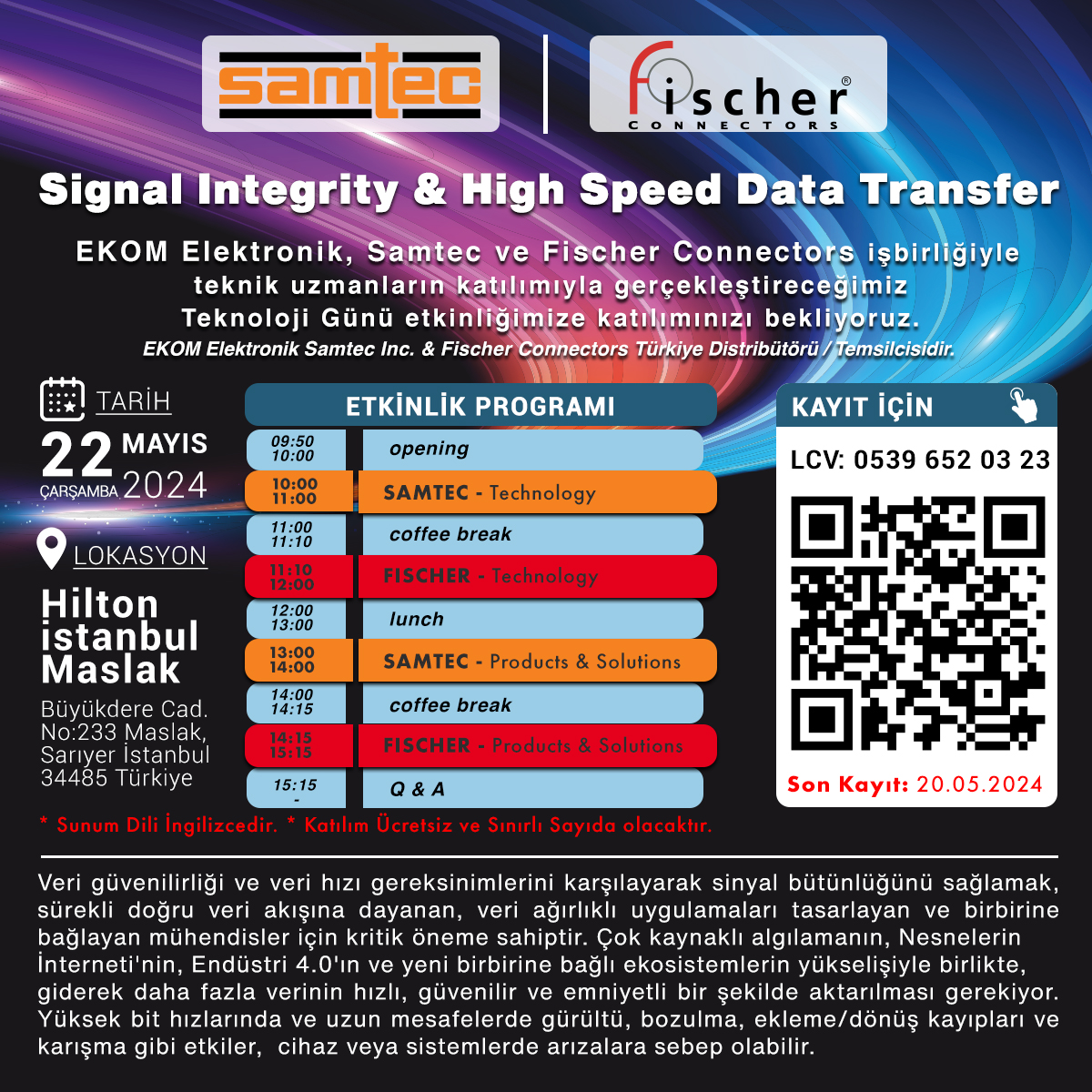SONET and SDH transmission protocols define how data!
SONET and SDH transmission protocols define how data—such as internet traffic, phone calls, and video streams—is organized, synchronized, and transmitted over fiber-optic lines.
These technologies rely on the principle that all devices in the network must remain synchronized to avoid issues like data loss, dropped calls and signal degradation. To maintain this synchronization, they use a hierarchy of clock references, with accuracy defined by Stratum levels.
While a network’s primary reference clock (often a Stratum 1 device, such as a GPS-disciplined oscillator or atomic clock) provides the highest precision, local timing references (e.g., Stratum 2 or 3E clocks) are distributed throughout the network. These ensure continued synchronization during holdover, when the connection to the master reference is temporarily lost.
The SERIES 139 OVEN-CONTROLLED CRYSTAL OSCILLATOR (OCXO) provides frequency control to the STRATUM 3E standard, making it ideal as a local timing source for SONET and SDH networks.
The internal oven in the series 139 OCXO maintains the quartz resonator at its optimal temperature point, ensuring stable and accurate operation. In addition, the resonator design provides enhanced PHASE NOISE PERFORMANCE to eliminate unwanted signal interference.
With multiple options for customization such as stability, mounting and frequency and temperature range, the series 139 can easily be configured to meet a variety of performance specifications and multitude of applications.
Learn more about the series 139 OCXO here:
https://lnkd.in/d2GhHStS






